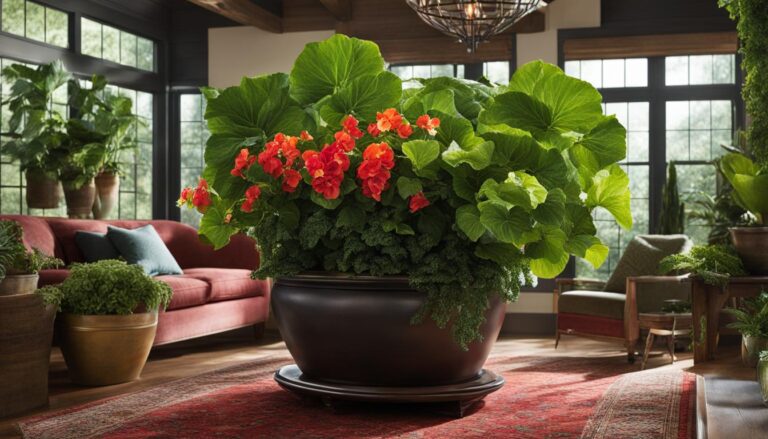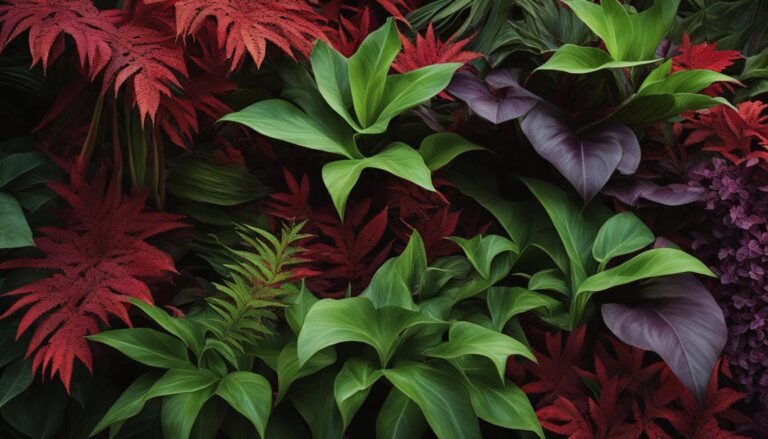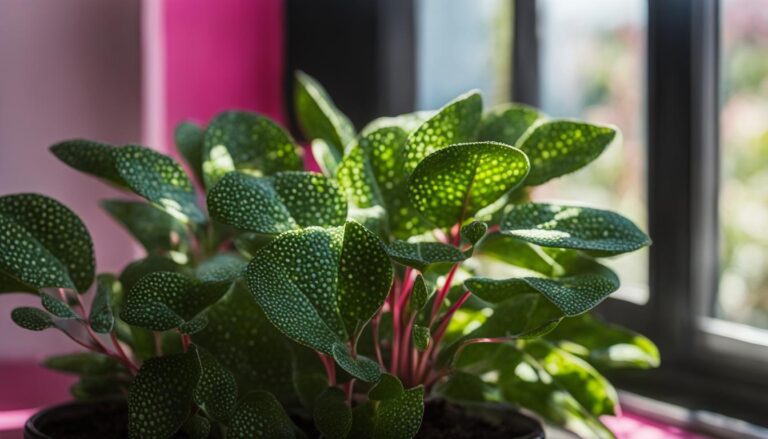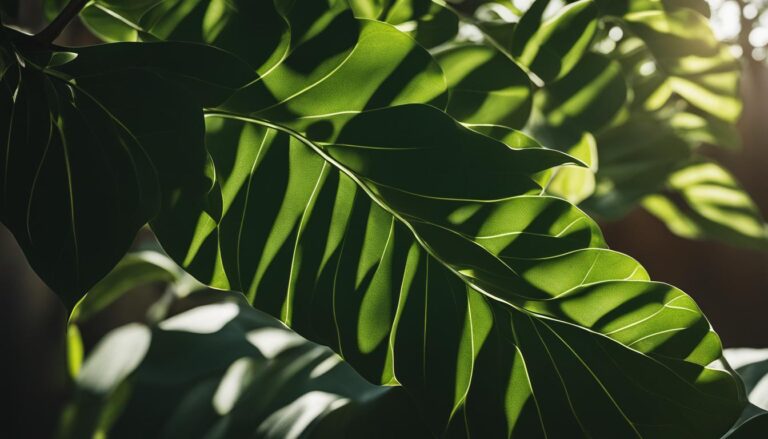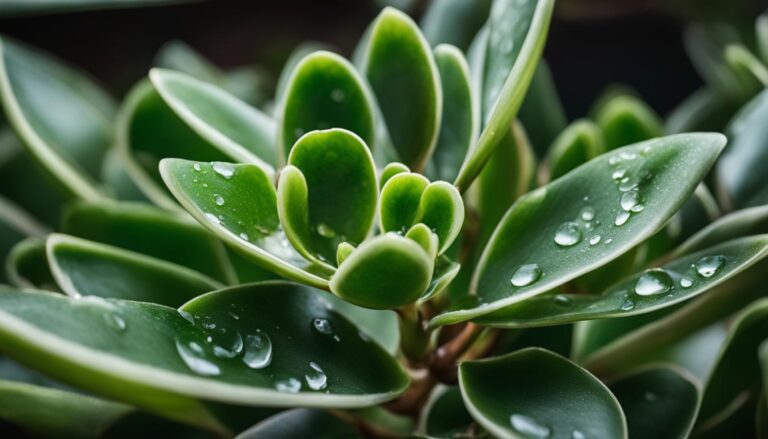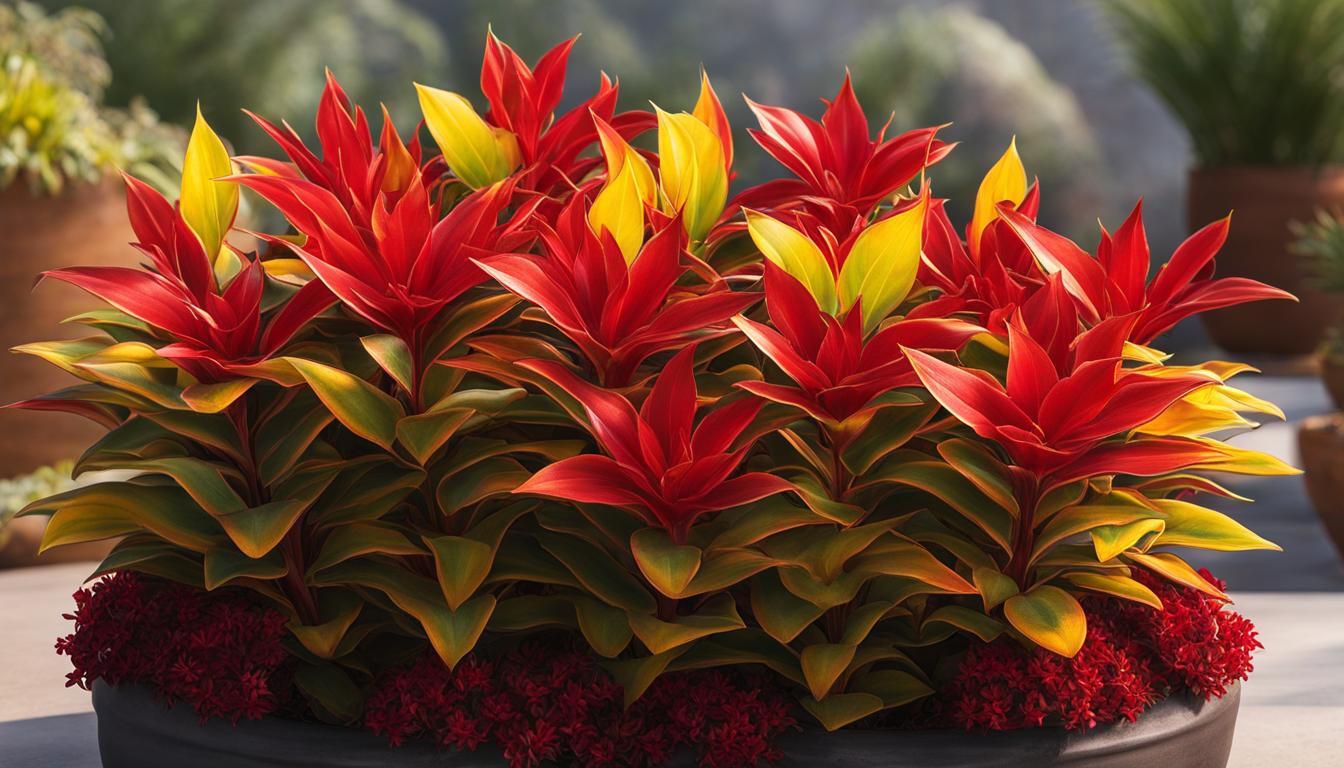
Flaming Katy (Kalanchoe blossfeldiana) is a stunning houseplant that captures attention with its vibrant blooms and requires minimal care. As an indoor plant enthusiast, I understand the importance of providing the best care for our precious houseplants, and that’s why I’m here to guide you through the ins and outs of caring for Flaming Katy.
Whether you’re a beginner or a seasoned plant parent, this comprehensive plant care guide will equip you with essential care tips to keep your Flaming Katy thriving.
Indoor plants have become increasingly popular, adding beauty and a touch of nature to our living spaces. Flaming Katy is no exception, with its lush green leaves and breathtaking clusters of tiny flowers in a range of vibrant colors such as red, pink, yellow, orange, salmon, and white. This succulent plant, native to Madagascar, is a perfect addition to any indoor garden or houseplant collection.
Planting and Care for Flaming Katy
When it comes to planting and caring for Flaming Katy (Kalanchoe blossfeldiana), there are a few key factors to keep in mind. This popular houseplant thrives in a loose, well-drained potting medium such as cactus mix or succulent soil.
Whether you choose to grow it indoors or outdoors, providing the right amount of sunlight is crucial. Indoor plants should be placed in a warm location with bright, indirect light, while outdoor plants can be grown in partial shade to full sun.
Proper watering is essential for Flaming Katy’s health. It is important to allow the soil to dry out completely between waterings to prevent root rot. Overwatering should be avoided, as it can lead to various issues such as yellowing leaves and wilting.
Fertilizing the plant once a month during the spring and summer months with a well-balanced fertilizer blend helps promote healthy growth and vibrant blooms.
Flaming Katy may require occasional pruning to maintain its shape and health. After flowering, it is recommended to prune any spent flowering stems and promote new growth. Propagation is also possible through stem or leaf cuttings.
Simply allow the cuttings to dry out for a few days before dipping them in rooting hormone and planting them in a well-draining soil mixture. Alternately, the plant can be grown from seeds by sowing them on the surface of a porous potting mix and maintaining a humid environment until germination.
Tips for Planting and Care:
- Choose a loose, well-drained potting medium like cactus mix or succulent soil.
- Place indoor plants in a warm location with bright, indirect light.
- Allow the soil to dry out completely between waterings to prevent root rot.
- Fertilize once a month during the spring and summer months with a well-balanced blend.
- Prune after flowering to maintain shape and promote new growth.
- Propagate through stem or leaf cuttings, or grow from seeds.
| Aspect | Indoor Care | Outdoor Care |
|---|---|---|
| Sunlight | Bright, indirect light | Partial shade to full sun |
| Watering | Allow soil to dry out completely between waterings | Water when soil becomes dry |
| Fertilizing | Once a month with well-balanced fertilizer blend | Once a month with well-balanced fertilizer blend |
| Pruning | After flowering to maintain shape and promote new growth | After flowering to maintain shape and promote new growth |
| Propagation | Stem or leaf cuttings, or seeds | Stem or leaf cuttings, or seeds |
Tips for Blooming and Propagation of Flaming Katy
To ensure a continuous display of vibrant blooms, there are a few key tips for blooming and propagation of Flaming Katy (Kalanchoe blossfeldiana). By following these guidelines, you can enjoy the beauty of this houseplant year-round.
Firstly, to promote blooming, it’s possible to manipulate the hours of daylight that Flaming Katy receives. By reducing the light exposure, you can encourage the plant to produce more flowers. However, it’s crucial to remember that the plant still requires a few hours of bright, indirect light each day for healthy growth.
Another important aspect of blooming is deadheading. By regularly removing the spent flowers and flowering stems, you can stimulate the plant to produce new blooms. This simple practice helps to maintain the plant’s vitality and ensures a continuous cycle of flowering.
When it comes to propagation, Flaming Katy can be easily propagated through stem or leaf cuttings. After taking the cuttings, allow them to dry out for a few days and then dip them in rooting hormone.
Plant the cuttings in a well-draining soil mixture, and with proper care, they will develop into new plants. Alternatively, you can grow Flaming Katy from seeds. Simply sow the seeds on the surface of a porous potting mix, maintain a humid environment, and wait for germination to occur.
FAQ
Can Flaming Katy be grown outdoors?
Yes, Flaming Katy can be grown both indoors and outdoors. However, it is important to protect it from frost and ensure it has well-drained soil.
How often should I water my Flaming Katy plant?
It is important to allow the soil to dry out completely between waterings to prevent root rot. Watering once every 1-2 weeks should be sufficient.
How do I encourage blooming in my Flaming Katy plant?
To encourage blooming year-round, Flaming Katy should be exposed to reduced light by manipulating the hours of daylight it receives. Deadheading the flowers and removing spent flowering stems can also promote new blooms.
How do I propagate Flaming Katy?
Flaming Katy can be easily propagated through stem or leaf cuttings. Cuttings should be allowed to dry out for a few days, dipped in rooting hormone, and then planted in a well-draining soil mixture. Alternatively, the plant can be grown from seeds sown on the surface of a porous potting mix kept in a humid environment until they germinate.
When should I repot my Flaming Katy plant?
Repotting is recommended every two years, using a well-draining pot and soil mixture. This allows the plant to have enough space for growth and ensures proper drainage of water.
Are Flaming Katy plants toxic to pets?
Yes, all parts of the Flaming Katy plant are toxic to cats and dogs. It is important to keep the plant out of their reach to ensure their safety.

